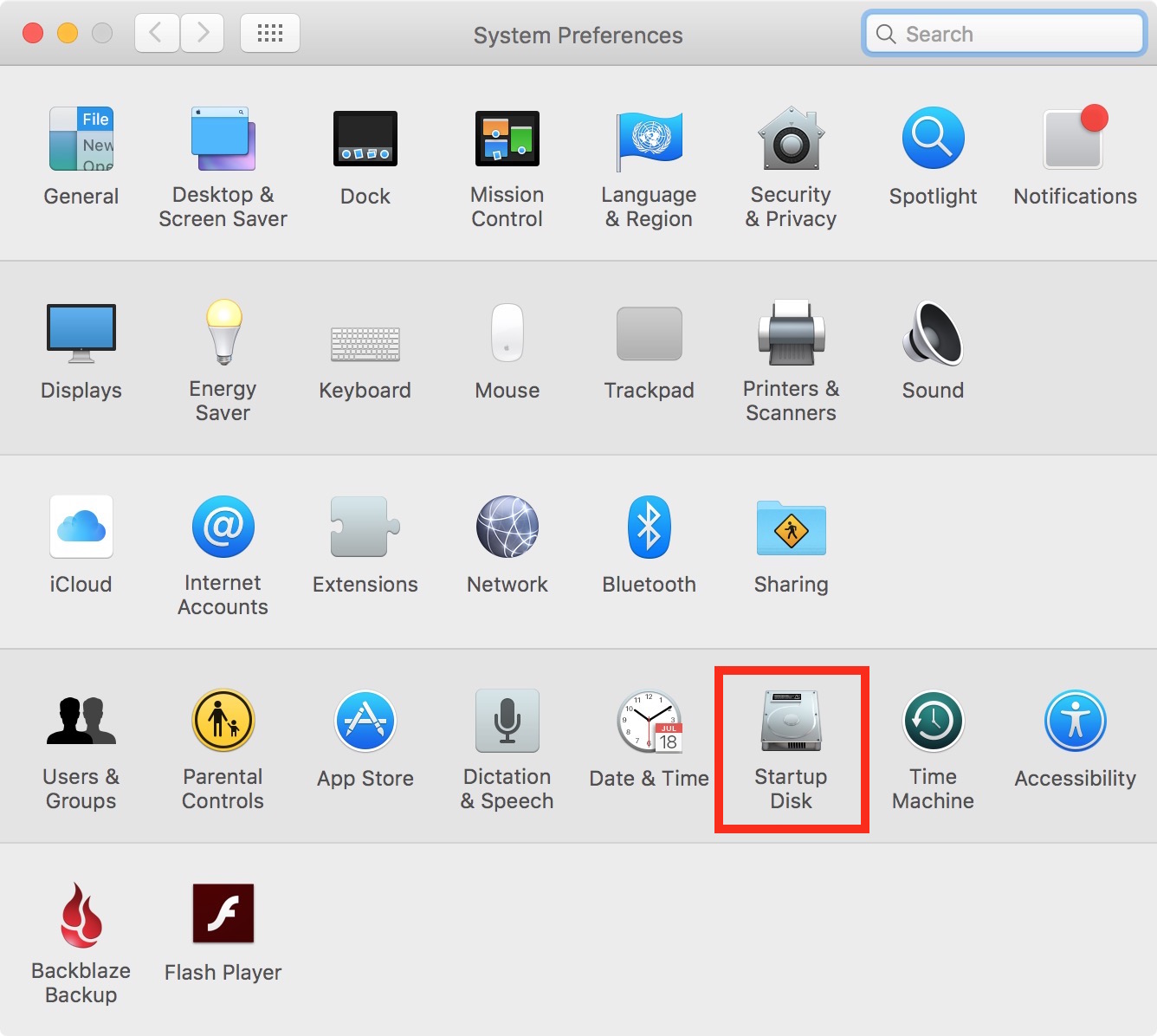
- START IN TARGET DISK MODE SOFTWARE
- START IN TARGET DISK MODE PC
- START IN TARGET DISK MODE MAC
- START IN TARGET DISK MODE WINDOWS
START IN TARGET DISK MODE MAC
If you boot up a PowerPC or Intel Mac while pressing the T key, the Mac would boot up into something called “Target Disk Mode.” You could then plug that Mac into another Mac with a FireWire, USB-C, or Thunderbolt cable (depending on the model you’ve got) and mount its internal drive as external storage. Goodbye Target Disk Mode, hello “Mac Sharing Mode” This method is already used to restore Apple T2 Macs with busted firmware. If System Recovery is unavailable or broken in some way, your last-ditch option is to connect your Mac to another Mac and use Apple Configurator to try to resuscitate it. It’s intended as a replacement for Intel Macs’ Internet Recovery feature, which can boot from an Internet-based recovery partition when your internal drive is totally hosed (or has been replaced). Stored in a separate APFS container, this volume can restore both macOS and the standard full-featured macOS recovery volume. In addition, the recovery partition macOS has had since Lion is supplemented with another, apparently untouchable “System Recovery” volume. Now you just hold down the Mac’s power button (or TouchID button) to bring up a menu that lays out all the different boot options. Intel Macs use a bunch of different key combinations that you need to hold down at boot to do different things. The new bootloader will do a bunch of the same things that the Intel Mac bootloader does, but it’ll be a bit easier to use. You can boot your internal disk with all of Apple’s security protections intact and boot in a reduced-security mode from an external disk without needing to change anything. Apple does say that Apple Silicon Macs can boot from external volumes without changing the Mac’s security settings, unlike Apple T2 Macs-this is because these security settings can now be set per volume.
START IN TARGET DISK MODE WINDOWS
Any version of macOS signed by Apple will be able to run on these Macs it’s not clear if other ARM-based operating systems like Linux or even Windows will be able to run on these machines. The bootloader provides pre-boot functionality to Macs, including choosing your boot target, booting from external or network sources, booting into Target Disk Mode or Recovery mode, resetting NVRAM, or booting into diagnostic mode.Īpple Silicon Macs have a bootloader more like the one iOS and iPadOS use, but it's modified to allow some more traditional Mac features, like handling multiple macOS installs on one or more physical drives, booting multiple versions of macOS on the same computer, and supporting macOS Recovery.
START IN TARGET DISK MODE PC
Intel Macs boot using an EFI-based bootloader that replaced the older Open Firmware used by PowerPC Macs-Apple was one of the first PC companies to begin using EFI, before it became more common in Windows PCs during the Windows 7 era. All of this will apply to the new MacBook Air, MacBook Pro, and Mac mini that Apple announced this week, and presumably all the other Apple Silicon Macs that follow Booting and recovery
START IN TARGET DISK MODE SOFTWARE
We’ll try to stick to firmware and software features without diving too deep into the actual hardware architecture differences these things are not Big Sur features as such, but since Big Sur will be the first macOS version to run on Apple Silicon Macs, a Big Sur review seems like the best place to document them. The goal, once an Intel Mac and an Apple Silicon Mac are booted up next to each other, is to make them look the same way and do most of the same things despite the radically different underlying hardware. Apple is modernizing the macOS bootloader and using translation software to allow current x86-64 Mac apps to continue to run while developers develop ARM versions of their apps (or, more likely for a few years, Universal apps that will run on either architecture). So anymore help or ideas of what I could do differently from what I've been doing would be greatly appreciated.Further Reading First ARM-based Mac laptops: MacBook Air and 13-inch MacBook ProĪpple’s strategy for ensuring software continuity and a smooth transition relies on essentially the same methods that made the PowerPC-to-Intel transition possible.

Entire afternoon/evening and now night spent trying. * Starting TDM with the Sawtooth off AND the no firewire cable connected (and then I put the cable in and start the Sawtooth hoping the Mini will "see" it at that point)Īnd I've done all the same starting with the Sawtooth and trying to get it to see the Mini. * Starting TDM with the Sawtooth ON and the firewire cable connected. * Starting TDM with the Sawtooth off but the firewire cable connected.

I go under System Preferences and press the Target Disk Mode button and when it restarts it comes back up with the firewire icon. So that said, yes, I'll start the Mini with the Sawtooth off. Is that what's messing me up? 'Cause I can only see what's happening on whatever computer I start from since - as we all know - the mini does not come with a Monitor. OK, I should state here that I only have one monitor.


 0 kommentar(er)
0 kommentar(er)
